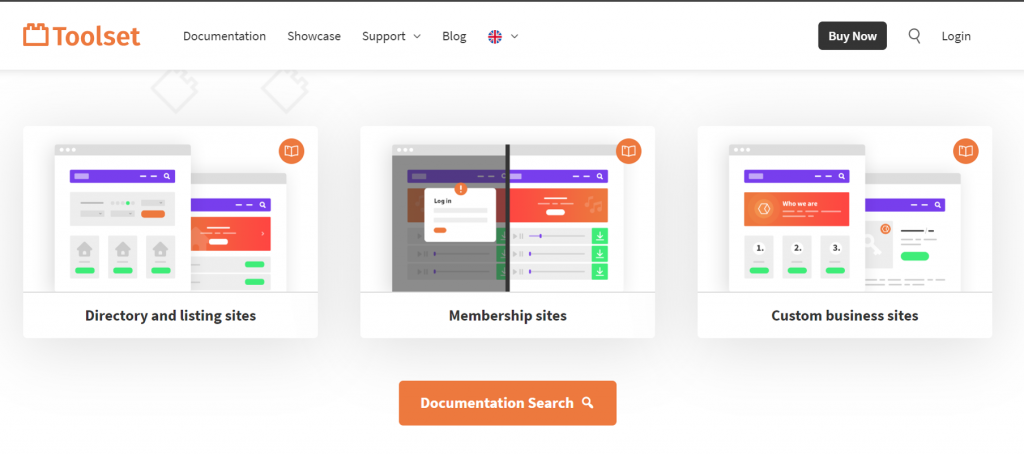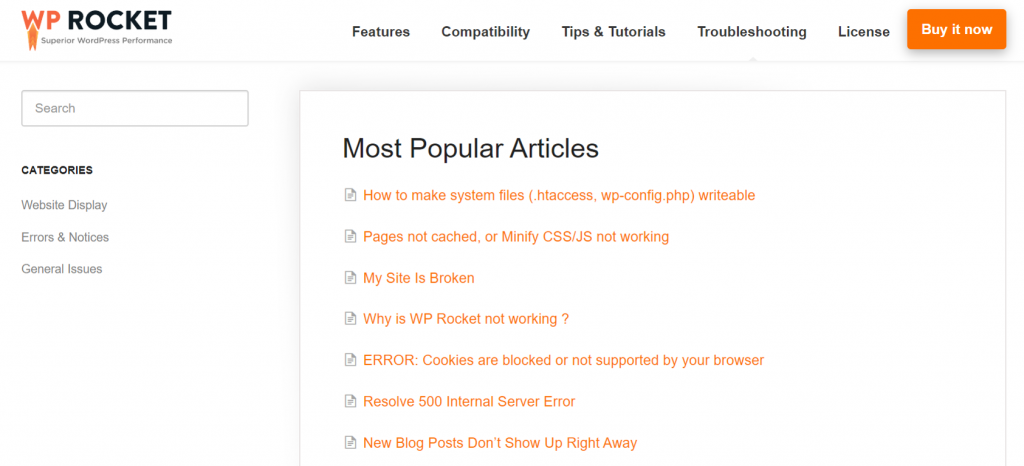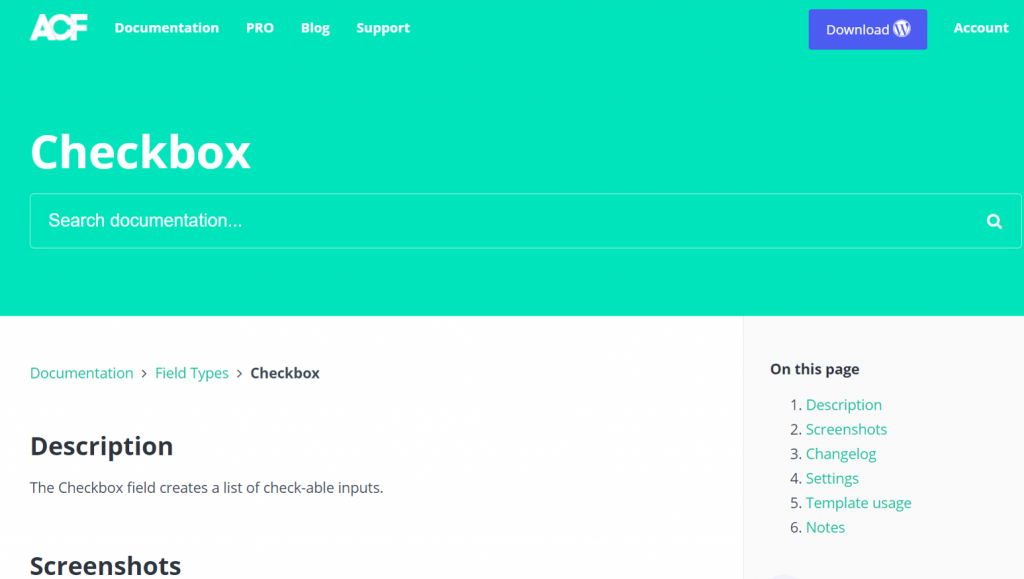Recap of Episode 1 of WordPress Plugin Startup Show: 16 June2020
* SpeedGuard is a WordPress plugin to keep an eye on your site speed, in background.
* AB Split Test is a WordPress plugin to improve your website conversions automatically.
This is the very first episode of our series! So exciting!
We are exploring the ways to promote our WordPress plugins and share what we’ve learned
Short story of my SpeedGuard plugin:
I released the very first version of it 2 years ago and then didn’t come back to it during a year or soemthing. Recently I’ve updated it and it works really well for me. I would like to know if it can be usefull to other people as well. The only reason to know is to try and find out!
I consult clients quite often about building SaaS apps on top of WordPress. I was thinking I can apply the same tools I use for SaaS planning to my plugin too!
Lean Canvas
The Lean Canvas template Proper oder
It’s a template that you’re supposed to be updating every now and then. A good practice to have this scheduled.
You have some assumptions, you put them in template then you release yor product and you find out some nrew information about your customers, marketing channel and you update MVP and learn from it
Lean startup
![Lean Canvas for WordPress Plugin [Episode 1]](https://sabrinazeidan.com/wp-content/uploads/2020/07/WordPress-plugin-startup-from-0-to-10k-installs-Part-1-22-18-screenshot.jpg)
Helps to see from the different point of view:
- Lean Canvas does not lay much emphasis on customer segments because startups have no known or tested products to sell.
While I think it’s absolutely makes sense, especially when the market is very broad ( course maker, heritage consultors), in my case I think I have the general idea that I would like to have more detailed out.
But about product – yes, I’m hoping to figure out the problems-solutions later. - Lean Canvas also looks for something called Unfair Advantage over the rest and how to capitalize on it for better grounding. (In my case what I was thinking to be disadvantage, but with this canvas I was be able to see as an advantage)
- What I feel like being missing in Lean Canvas Key Partners section (WebPageTest ->>> PageSpeed Insights API)
In episode 4 we started talking about making documentation for WordPress plugin, and we continue today.
Good documentation helps users to find answers
Even super-tech documentation can be written for humans!
For example, API documentation can include a problem-solution approach rather than just a list of functions and methods. Even Google does that!
And you don’t really expect that much from giant, but you do expect a more personalized approach from a small company!
I also find the GitHub Pages interface appealing for API documentation, here is what Timber’s docs look like there.
When users can easily find answers, it means:
- less number of support tickets – obviously
- more likely that people are getting the most out of the plugin
- and therefore more likely that they will renew it!
But also there are additional benefits:
- The community around your product is building up. For instance, ACF has a lot of questions answered on the forum. People help each other with specific problems. These pages are often the first search result when you googling something similar, and if you search ACF site they will br shown along with docs pages.
- You get a chance to understand your users better: What are the most commented-upon items, for example? The most viewed? The most cited? It can reveal holes in the sales funnel too.
- It helps to onboard new clients better (meaning, it helps to avoid refunds).
If they don’t know how to use your product, or can’t see all the benefits they might abandon it (not renewing a license is almost as sad as asking for a refund). But this doesn’t mean it doesn’t solve their problem! It’s just that you haven’t show properly that it does. Lose-lose situation.
What sections should documentation include? What structure should it have?
Toolset used customer segments and customer journey to update their documentation recently. They explain things according to who is reading, and what that person is going to do with a help of their plugin. They even made a course for each case!

WP Rocket has a Troubleshooting section with lot’s of answers to cases then something doesn’t work as expected. It’s super relevant for any caching plugin users as each install has it’s own environment (plugins, themes, 3rdparties, server setup, CDN etc). And this is very common stage when people need assistance.

Advanced Custom Fields’s documentation expectedly has loads of technical information, and it’s organized in very clear way.
For example, each field’s page has the following sections: Description, Screenshot, Settings and Template usage. So you can see the usage of that specific field from all sides. Also, I’m not the only one to notice that while ACF’s documentation is all about code and functions it doesn’t feel machine-to machine talk somehow, but human-to-human!

Though these three plugins’ documentation might look quite different I think all of them share the same approach. They target exactly on what their users will be looking for.
Next week we’ll be talking about using WordPress plugin documentation to get NEW users!
Join us on this journey!
We are going go live in WP Builds Facebook group starting every Tuesday at 2 PM UK time. It’s a private group, so you need to join it first. After this, you’ll be able to watch us live and participate in a live conversation. If you happen to not have a Facebook account you can watch live here but you won’t be notified when we’re going live and won’t be able to participate in the conversation, unfortunately.

Leave a Reply